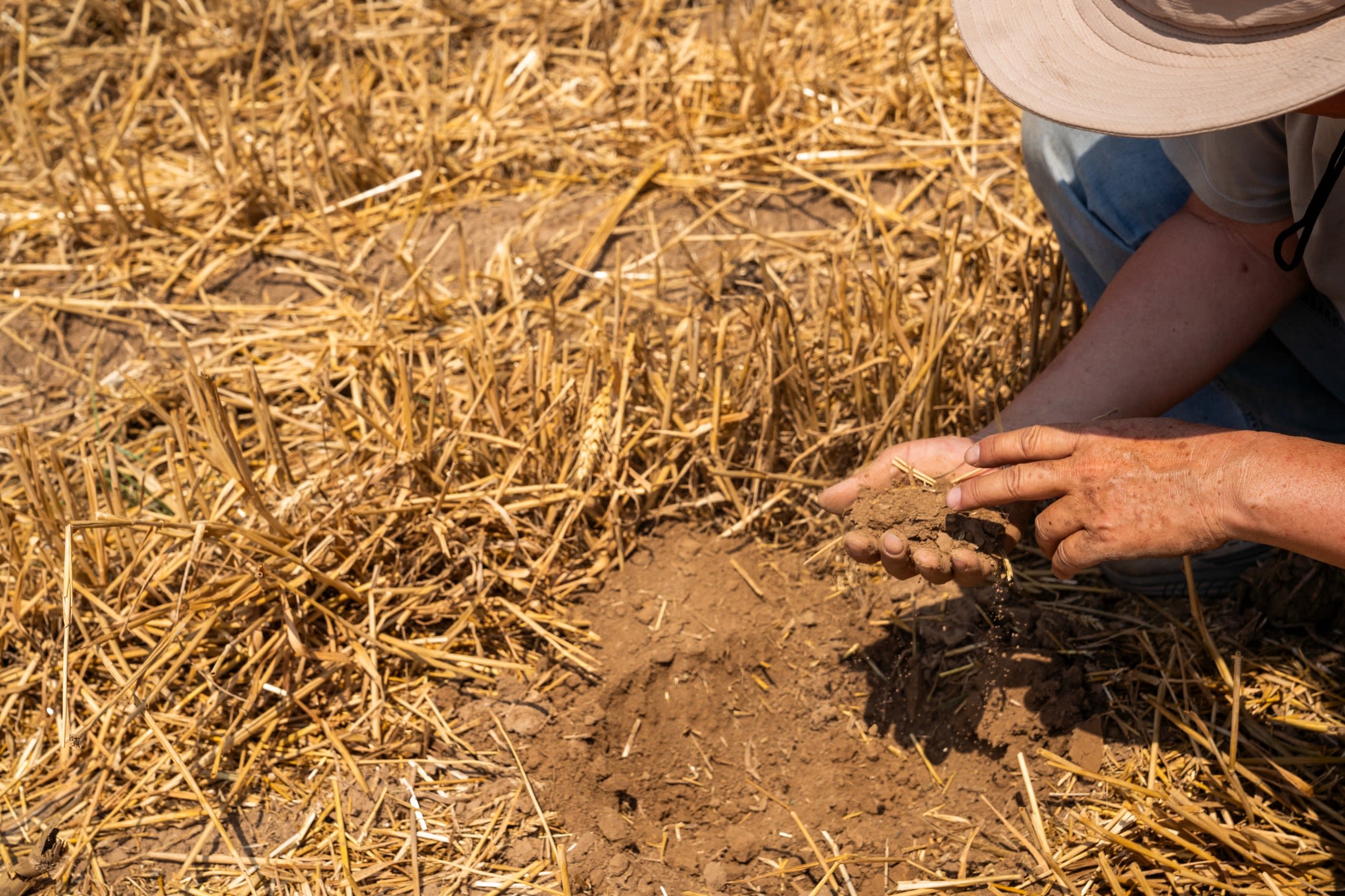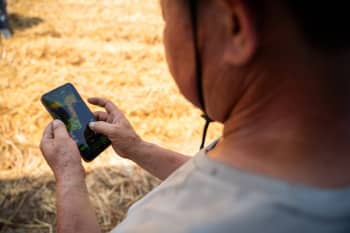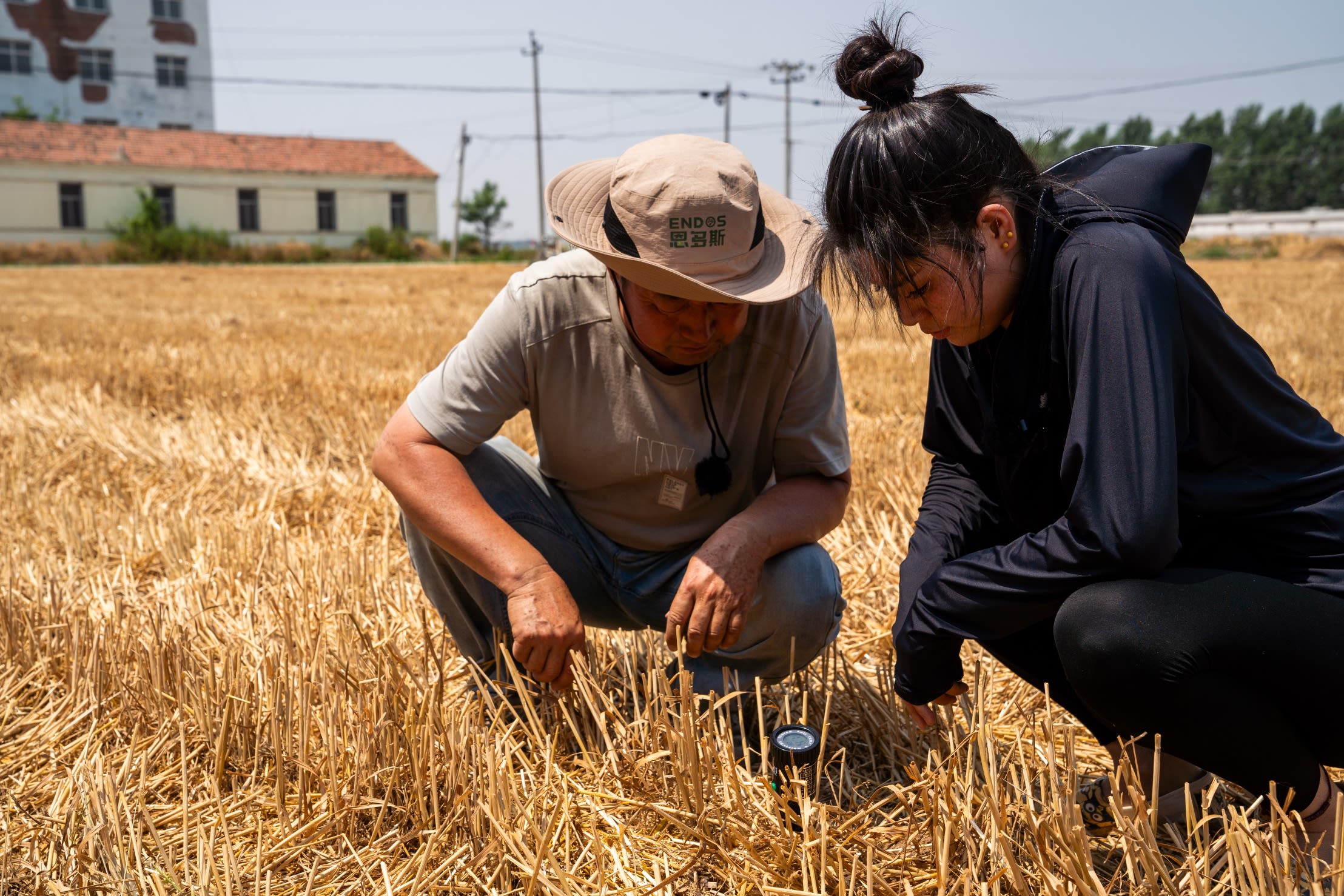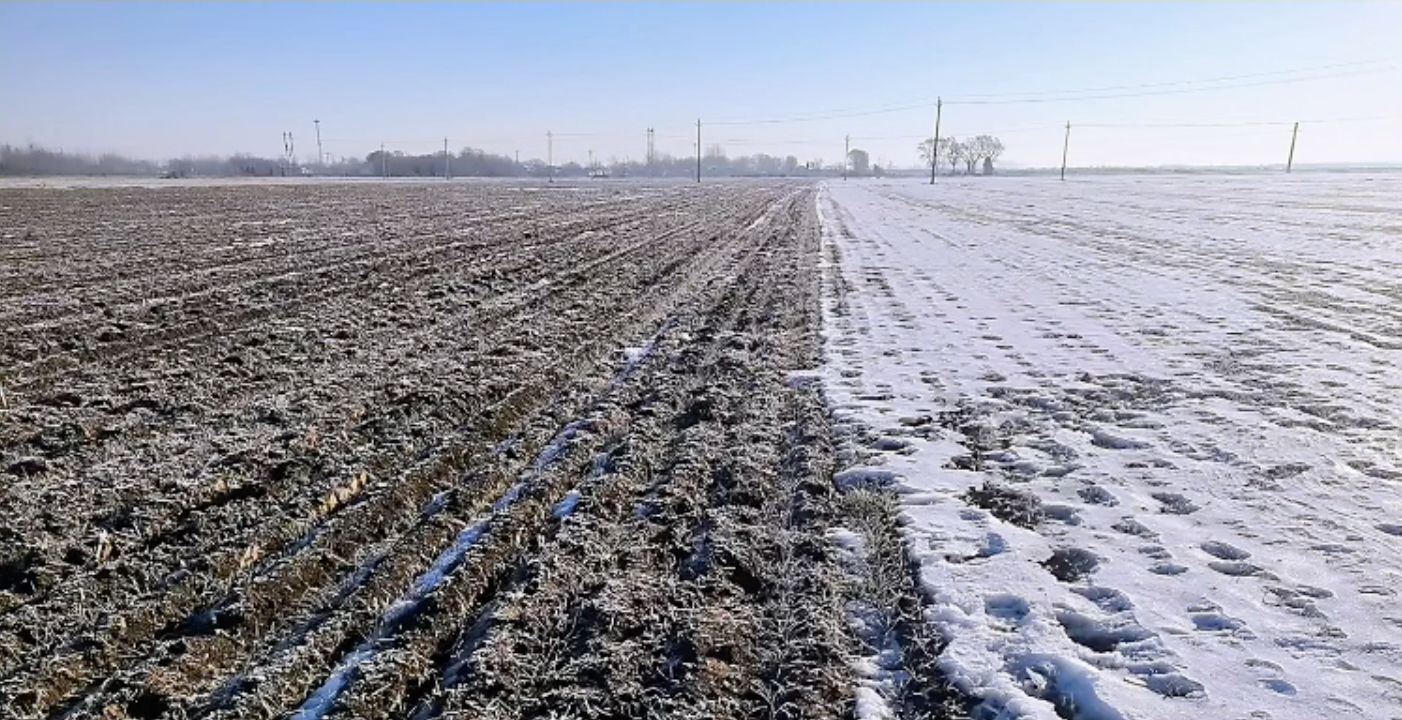Tradition meets tech
The new digital tools future-proofing a family farm
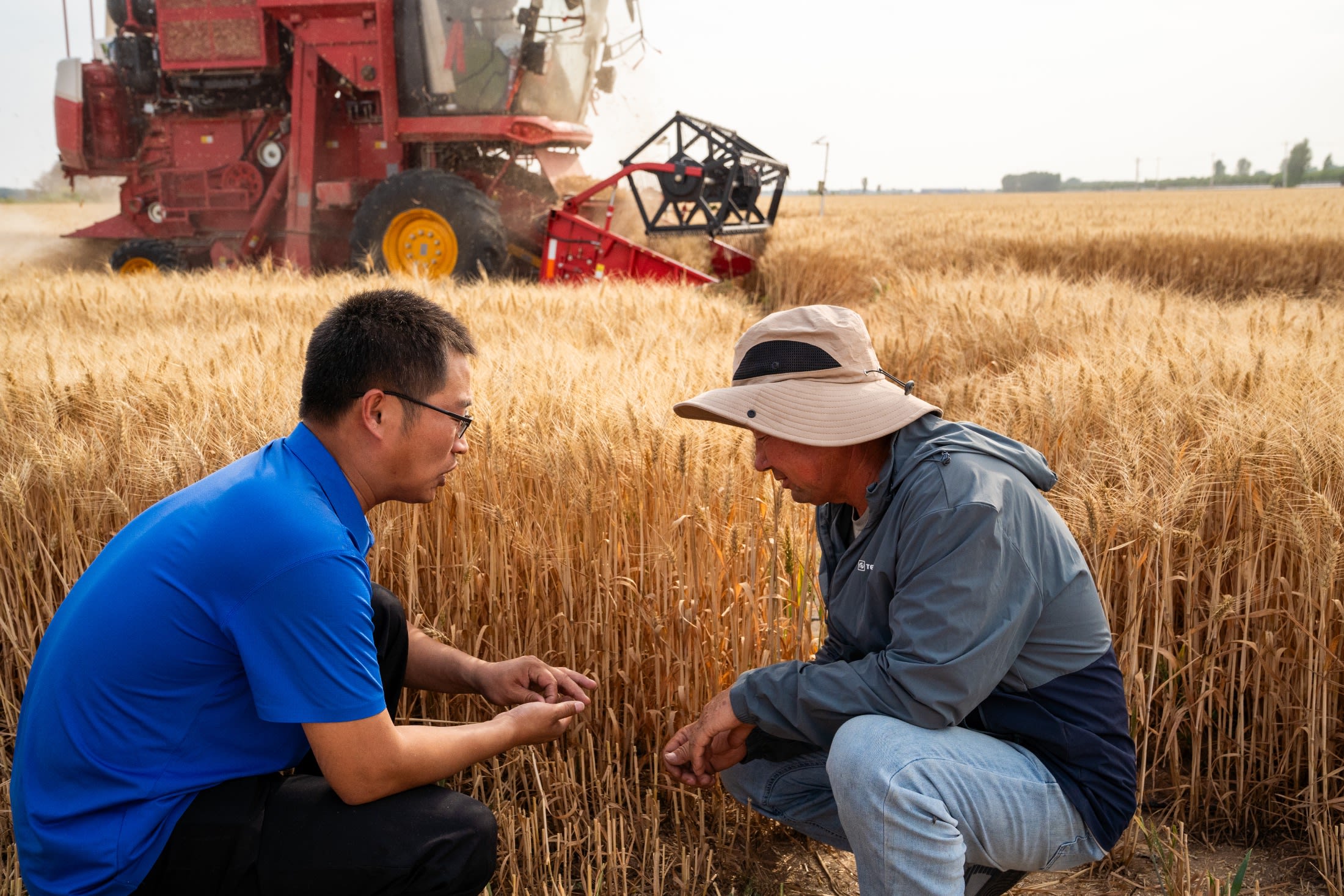
Farming is in Qiaoying Zhang’s blood. As a child, he would follow his grandfather around, learning how to care for their precious crops. That wisdom shaped how he farms today, on the same fields as his ancestors. Yet the whims of Mother Nature have always loomed over the family’s fortunes.
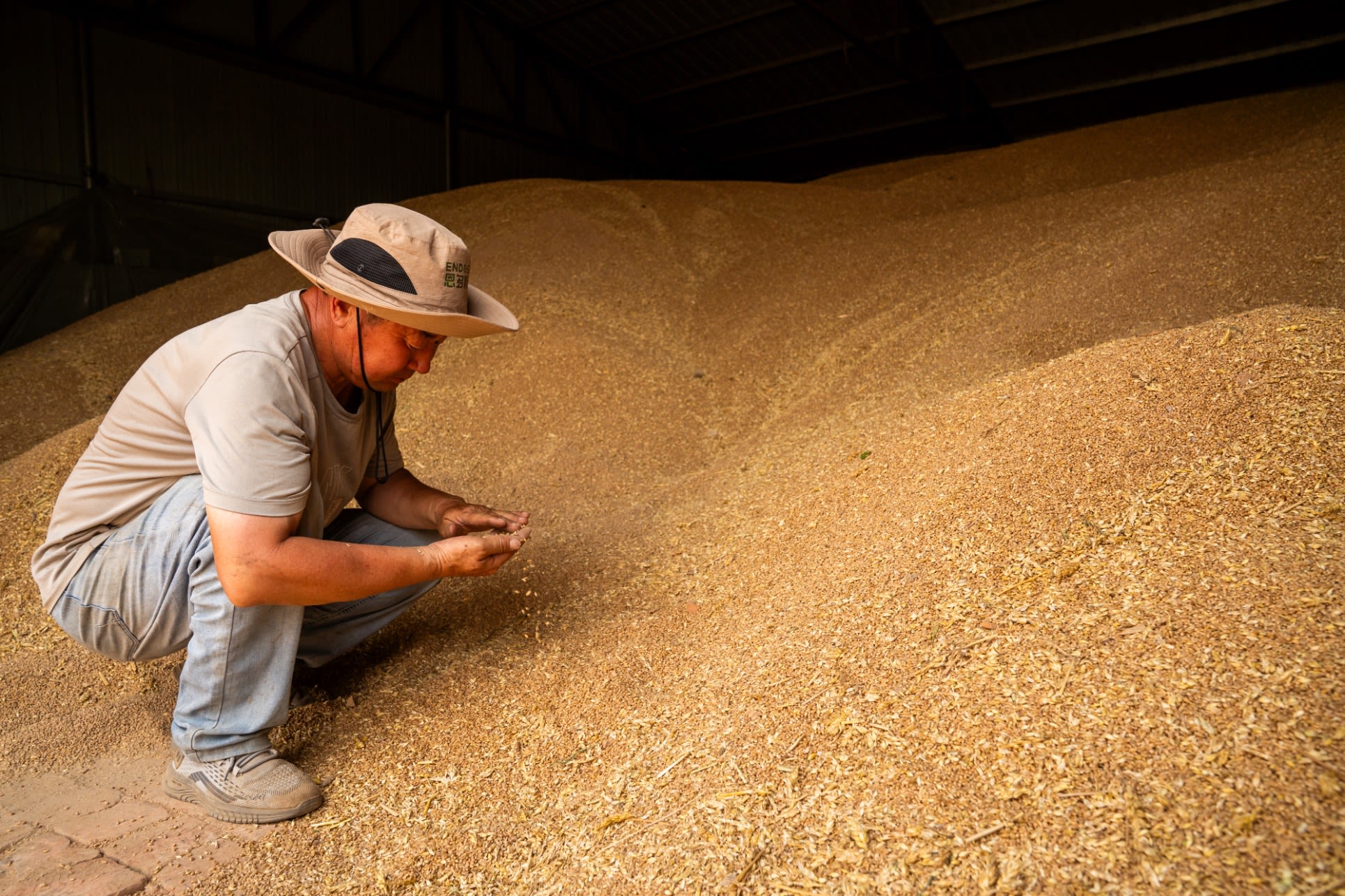
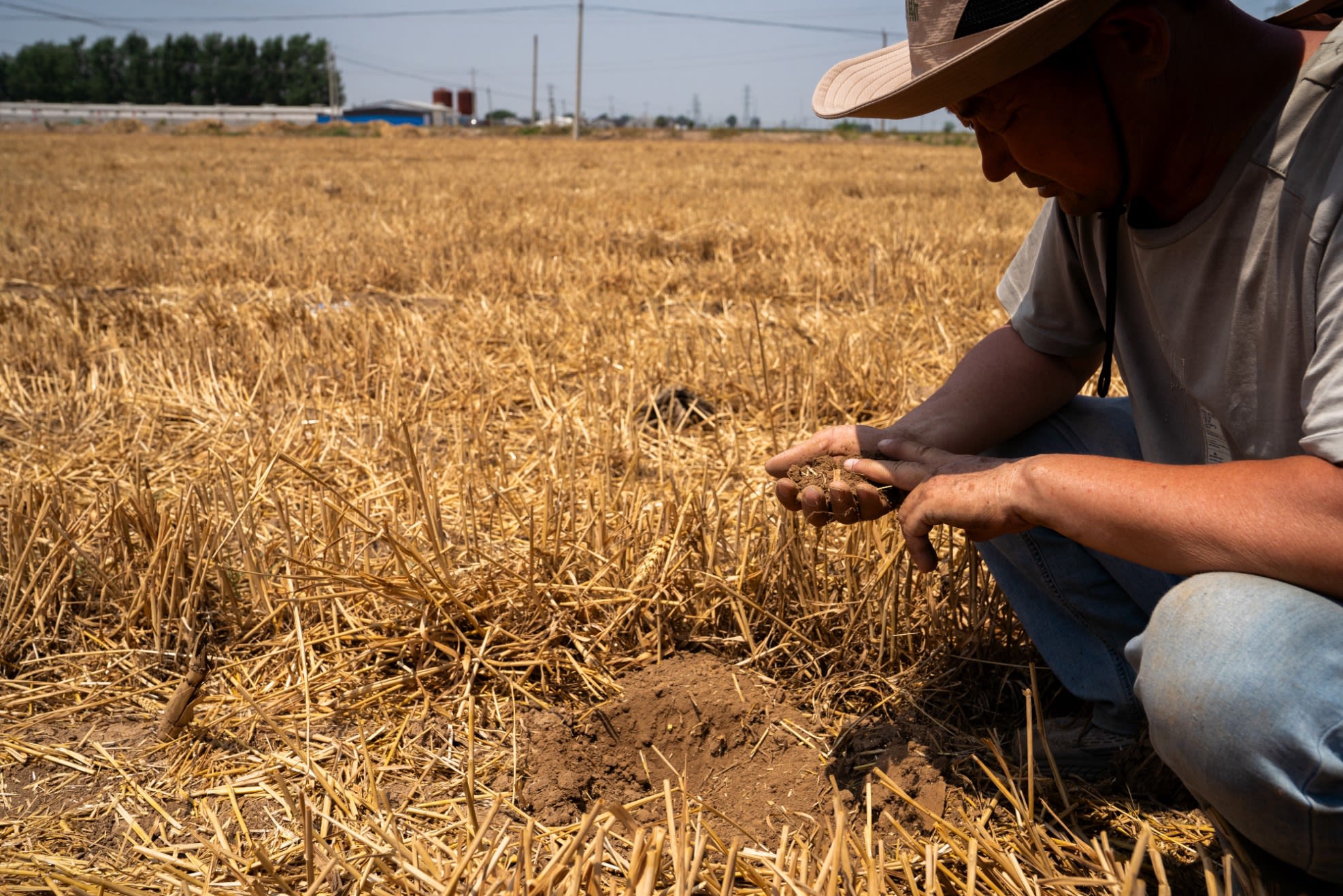
“When I was young, my grandfather often said, ‘We farmers rely on the weather for our livelihood. Good weather means good harvest’.”
That’s as true now as it was then. Summers at the family farm can be bone-dry, boiling, and windy. Unexpected storms can drown delicate crops and wash away precious topsoil.
Luckily, Zhang has a digital helping hand. A specialized app that can predict the next threat to his crops and when it will strike.
Crucially, it gives him time to protect them. And it gives him remote, leaf-level insights into his crops’ health and what they need to thrive.
“Scientific farming allows us to be proactive in protecting soil and crops, and responding to weather challenges, rather than passively ‘relying on the weather’,” he says.
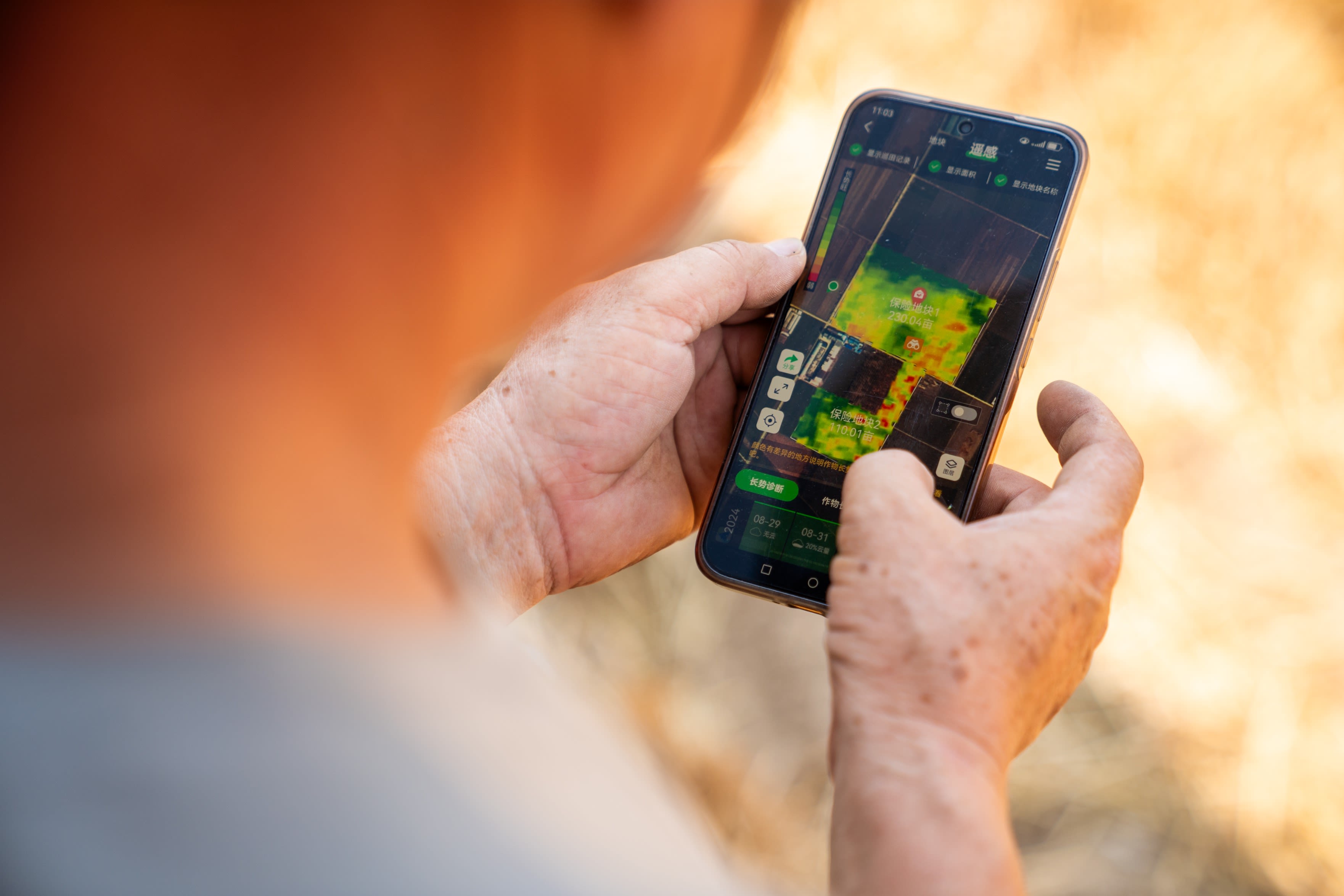
Luckily, Zhang has a digital helping hand. A specialized app that can predict the next threat to his crops and when it will strike.
Crucially, it gives him time to protect them. And it gives him remote, leaf-level insights into his crops’ health and what they need to thrive.
“Scientific farming allows us to be proactive in protecting soil and crops, and responding to weather challenges, rather than passively ‘relying on the weather’,” he says.

A legacy of innovation
While other kids his age were learning how to read and write, Zhang was learning how to care for plants. Helping his grandfather around the family farm later turned into helping his parents plant every spring and harvest every autumn. Today, he grows corn and wheat on more than 200 hectares of farmland alongside his field operations partner, Suisui Wang.
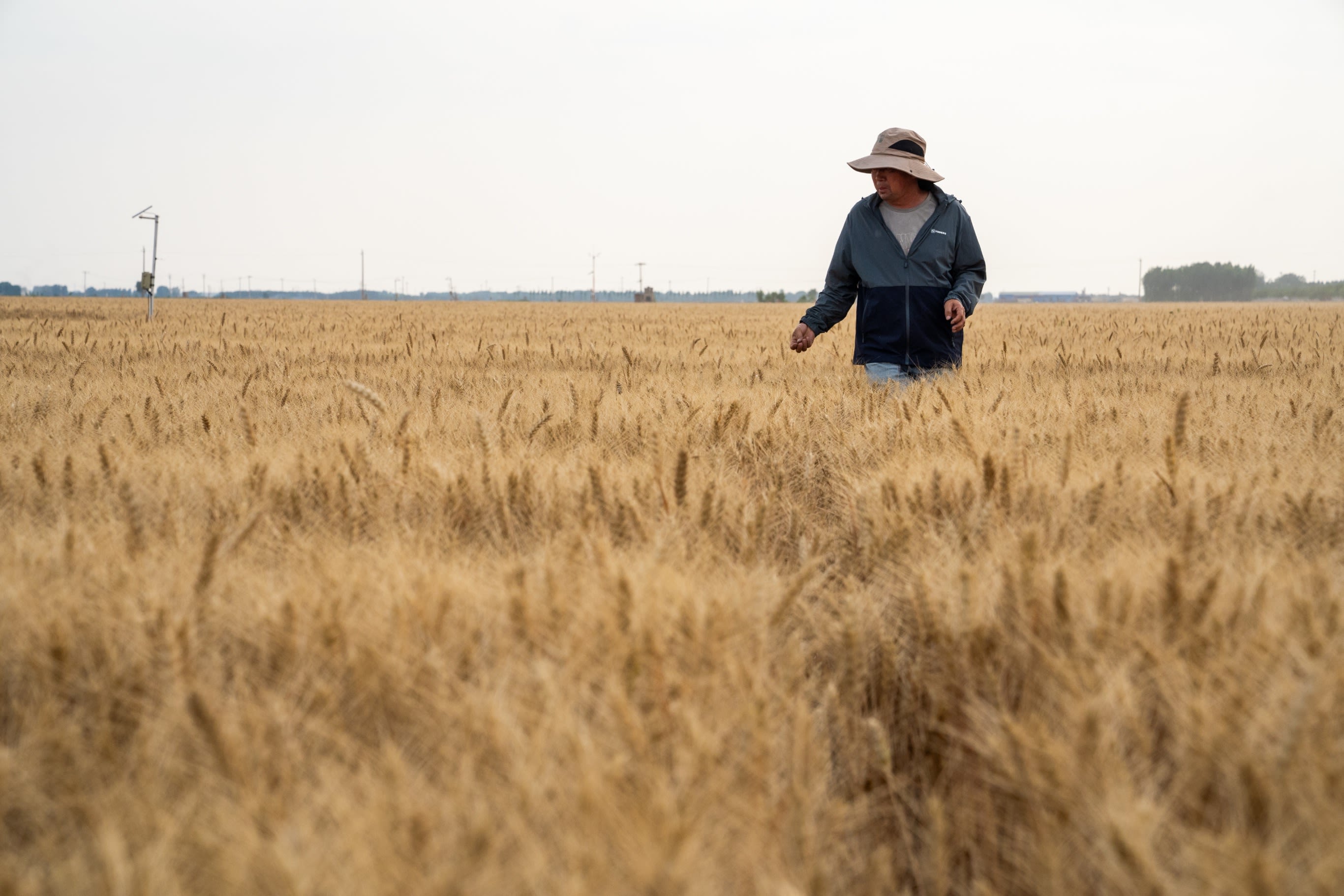
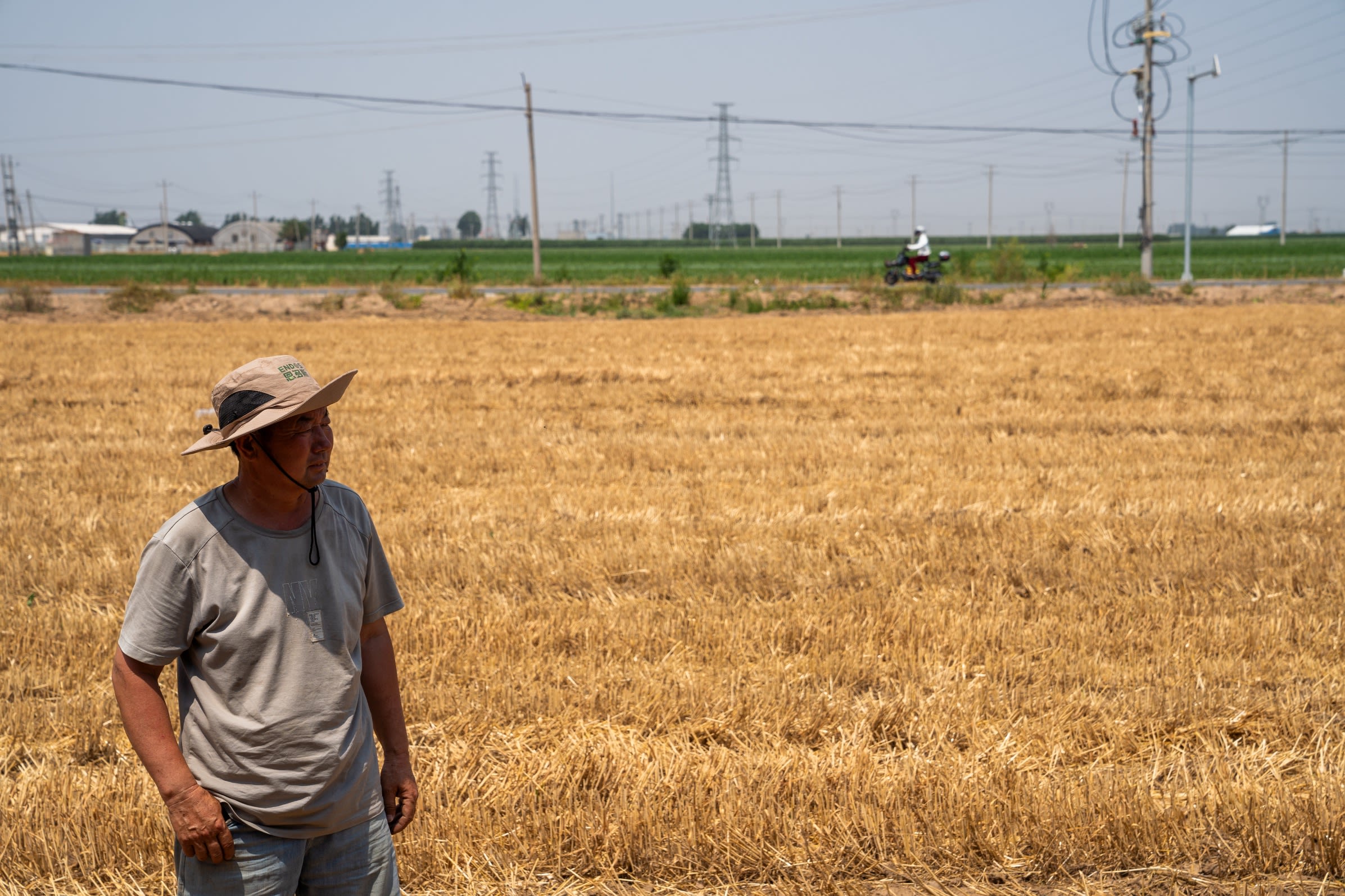
“I grew up with the land and crops,” he recounts from his fields in north China’s Hebei province.
“When I’m in the fields, I feel as comfortable as being at home.”
Hebei’s continental climate – think hot summers, cold winters – has historically lent itself well to agriculture. Today, it is one of the country’s major producers of cotton and grain. Yet severe weather events can throw a spanner in the works for the province’s growers. Summer days can be scorching, with dry winds whipping through fields in 40 degrees Celcius heat.
Healthy soils grow healthy crops. By nurturing their soils, farmers can sow the seeds for success.
Healthy soils grow healthy crops. By nurturing their soils, farmers can sow the seeds for success.
“The fields become severely dry and soil compaction worsens,” Zhang says. When soil is compacted, its particles are packed closer together, leaving less room for the water and nutrients essential for plant growth.
“We must irrigate heavily, otherwise the crops won’t emerge evenly, and missing plants are common. Sometimes it’s the other extreme – continuous heavy rain drowns many crops.”
Blending the old with the new
Although Zhang farms the same land as his grandfather, technology has radically changed their day-to-day lives. A grower who was once beholden to shifts in temperature, heat, and rainfall, now has the gift of foresight.
Digital tools like Syngenta’s MAP platform and Cropwise products provide accurate weather forecasts that growers can use to plan how to care for their crops and soil. These digital farmhands take the guesswork out of growing, so farmers can be more deliberate in how they use their resources.
These farmer-focused tools give Zhang the digital foresight to protect his crops, but more importantly, they offer peace of mind. He can meet the challenges that Mother Nature throws his way. And that builds resilience in an ever-changing industry.
“We don’t have to worry about crop production products being washed away by sudden heavy rain,” Zhang explains.
“If it predicts heavy rain in the next two days, we don’t need to irrigate. This not only saves effort but also reduces the risk of crop lodging that can occur when irrigation is followed by strong winds and heavy rain.”
Channeling the power of advanced AI, this one-of-a-kind app gives Zhang leaf-level insights into his crops. And an intelligent pest and disease detector means he can better protect his plants.
All he has to do is use the app to scan a pest, or signs of disease on his crops, and the clever technology will identify the threat and offer tailored agronomic advice, on the spot. Think of a portable dictionary that can diagnose a yield-robbing threat on sight – and then tell you how to stop it.
Now, Zhang can monitor the health of his plants in near-microscopic detail, all from his phone. He uses this data to plan where, when, and how much crop protection products he will use.
“We can clearly see the soil moisture levels in different areas at a glance. It can also show the chlorophyll content of crops in various plots. This allows us to be more targeted with irrigation, fertilization, and spraying, saving time, effort, and money, while also being beneficial for the soil.”
The MAP platform’s latest upgrade features a Large Language Model (LLM), an industry-leading design that includes a farmer-friendly chatbot that helps farmers make better decisions, faster. These digital farmhands deliver tangible results. Decision-making time is slashed by three-quarters and fewer resources, like water and fertilizers, need to be used – up to 20 percent less.
Zhang’s data-driven approach is also evident in his choice of on-farm machinery, which includes drones, advanced planters, and harvesters.
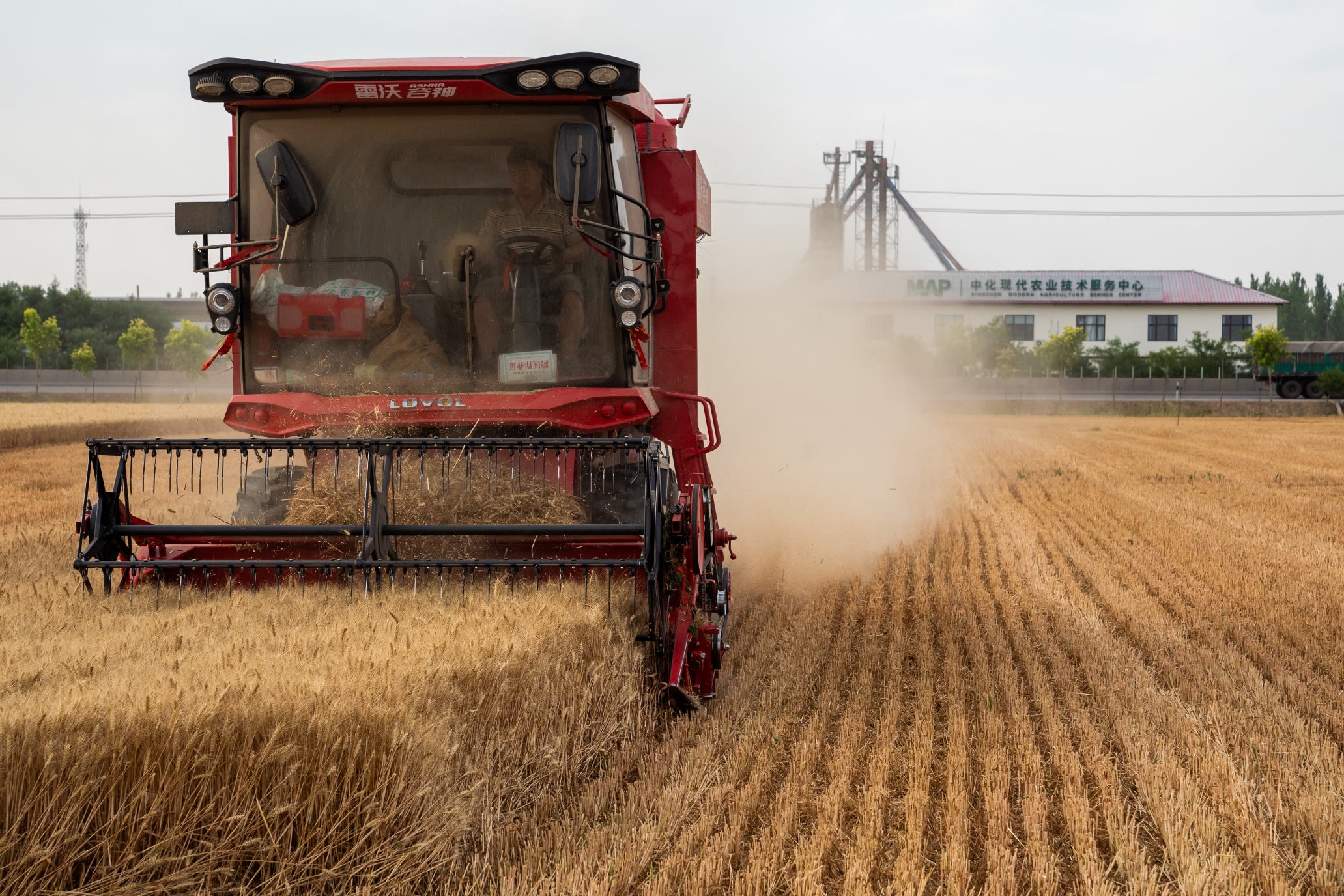
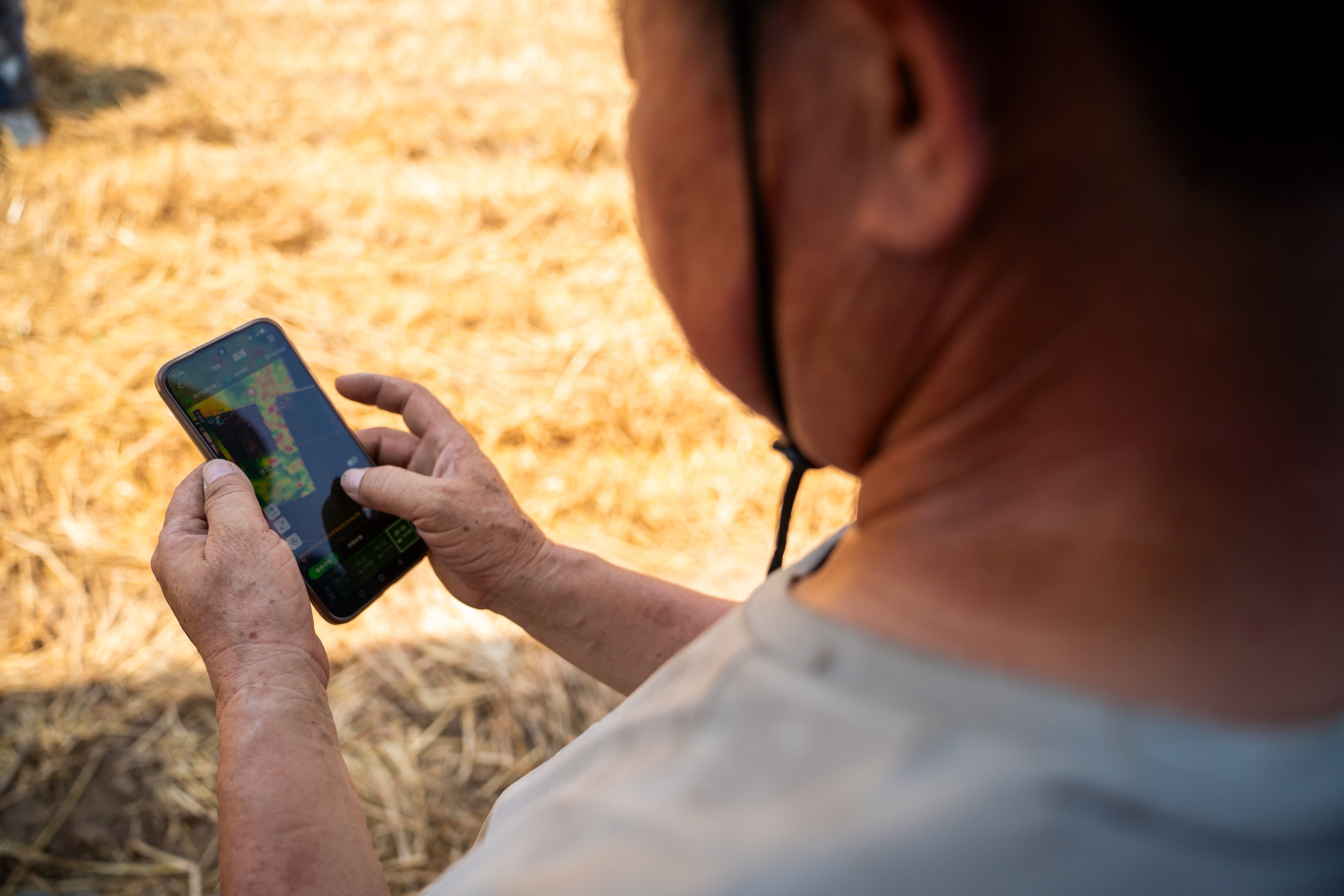
Supercharging sustainable solutions
“This land has nourished our family; it’s like another mother to us,” explains Wang. “We hope it becomes increasingly healthy and fertile.”
Their holistic ethos extends to the innovative regenerative agriculture practices the pair practice on-farm, including no-till planting. As the name suggests, this avoids tilling, or disturbing and turning over the soil, when planting new crops.
Qiaoying Zhang and his farm operations partner Suisui Wang have practiced no-till farming for three years.
Qiaoying Zhang and his farm operations partner Suisui Wang have practiced no-till farming for three years.
They have now practiced no-till farming for three years. “The longer we persist, the more obvious the benefits become,” Zhang says. “Soil compaction has gradually improved, soil moisture retention is better, yields are more stable, and soil insulation in winter has also improved.”
Saving time, labor, and machinery costs, their methods have also rewarded them with a competitive advantage when unfavorable weather does strike.
“Two winters ago, after a heavy snowfall, the no-till wheat plots had looser soil, and the snow melted faster. The neighboring plots without no-till took many more days for the snow to melt completely. With no-till, the soil temperature was higher, reducing damage to wheat, ultimately increasing yield and quality.”
Qiaoying Zhang’s no-till fields compared neighbouring plots following severe weather. This practice protected his crops and soil from unnecessary harm.
Qiaoying Zhang’s no-till fields compared neighbouring plots following severe weather. This practice protected his crops and soil from unnecessary harm.
Although he grew up on this land, Zhang will leave it better than he found it. Effective growing methods, paired with cutting-edge tools that enhance intelligent faming, will ensure these fields remain prosperous for generations to come.



